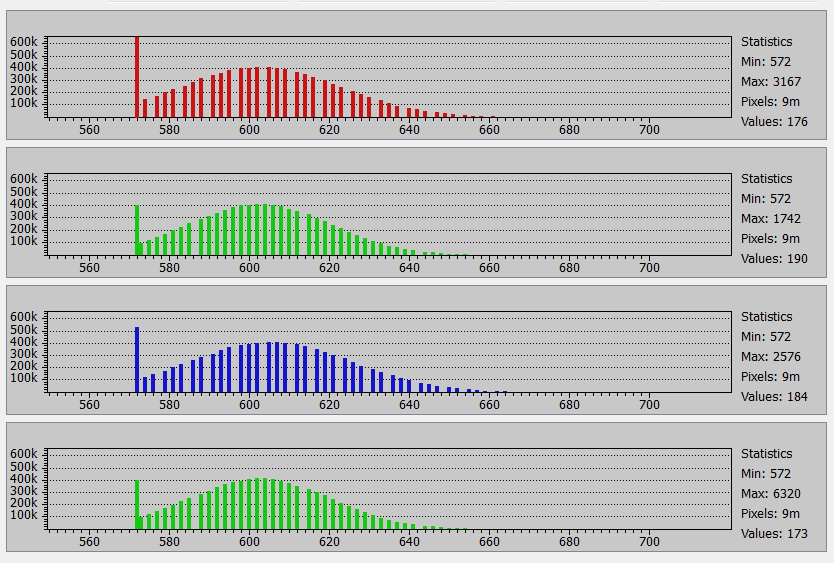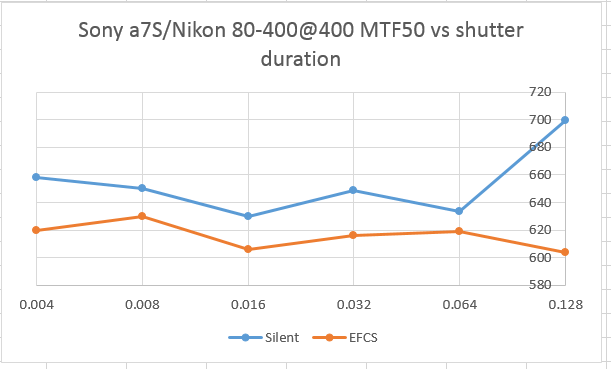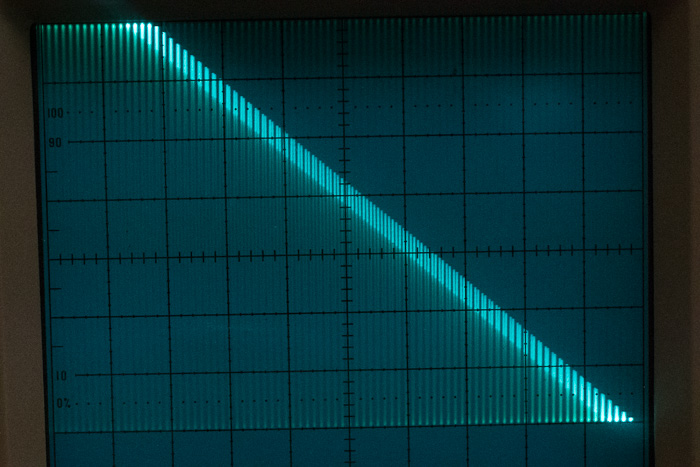Before I start seriously testing a camera, I make a series of dark field exposures to see if there are self-heating effects that would compromise results made with rapid series of shutter activations. Of late, it’s not been a problem. Here’s the standard deviation of each raw channel for a series of exposures of a… [Read More]
Archives for July 2014
Nikon D810 testing
The D810 arrived today. I’ll be testing it over the next few weeks. Some things that I’m curious about: How does the read noise compare with the D800E? Does the new Sony sensor have some tricks up its silicon sleeve, like the one in the a7S? How about photon noise? Are the full well capacities… [Read More]
How read and quantizing noise interact
The Sony a7S has raw bit depths of 12 or 13 bits depending on the way the camera is set. It also has low read noise in many circumstances. The combination of the two conditions has lead several people to ask me if, when I think I’m measuring read noise, am I sometimes measuring just the… [Read More]
EFCS vs silent shutter vibration
I’ve already established that electronic first curtain shutter can provide sharper tripod-mounted images with the Sony a7 than with the all-mechanical shutter mode on that camera and the all-mechanical shutter on the a7R. I wondered if using the a7S in all-electronic shutter mode — aka silent shutter — would provide any benefits. I took the… [Read More]
Sony a7S silent shutter scanning speed for APS-C images
I measured the scanning speed of the Sony a7S silent (fully electronic) shutter in this post. The answer was about 1/30 of a second. Someone asked me how fast the electronic shutter scanned in APS-C mode. Here’s the scope shot: And here it is with a white line superimposed so that it’s easier to figure… [Read More]
- « Previous Page
- 1
- 2
- 3
- 4
- 5
- 6
- …
- 10
- Next Page »



